Pčinja District
Pčinja District
Пчињски округ | |
|---|---|
  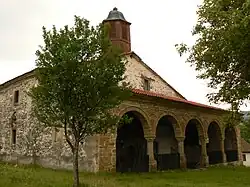  .jpg) 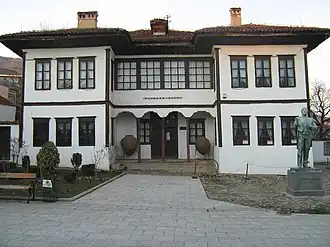  .jpg) 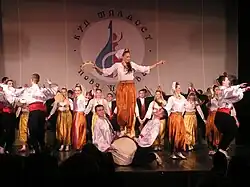 .jpg) 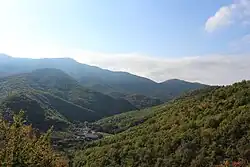 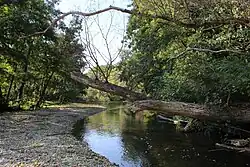 Images from the Pčinja District | |
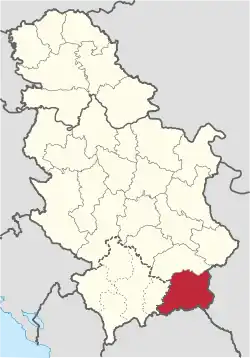 Location of district in Serbia | |
| Coordinates: 42°33′N 21°54′E / 42.550°N 21.900°E | |
| Country | |
| Administrative center | Vranje |
| Government | |
| • Commissioner | Srećko Pejković |
| Area | |
• Total | 3,520 km2 (1,360 sq mi) |
| Population (2022)[1] | |
• Total | 193,802 |
| • Density | 55/km2 (140/sq mi) |
| ISO 3166 code | RS-24 |
| Municipalities | 6 and 1 city |
| Settlements | 363 |
| – Cities and towns | 6 |
| – Villages | 357 |
| Website | www |
The Pčinja District (Serbian: Пчињски округ, romanized: Pčinjski okrug, pronounced [ptʃǐɲskiː ôkruːɡ]) is one of administrative districts of Serbia. It occupies the southernmost part of the country. According to the 2022 census, it has a population of 193,802 inhabitants. The administrative center of the Pčinja District is the city of Vranje.
History
The present-day administrative districts (including Pčinja District) were established in 1992 by the decree of the Government of Serbia.
Cities and municipalities
The district encompasses one city and seven municipalities:
- Vranje (city)
- Bosilegrad (municipality)
- Bujanovac (municipality)
- Preševo (municipality)
- Surdulica (municipality)
- Trgovište (municipality)
- Vladičin Han (municipality)
- Vranjska Banja (municipality)
Demographics
| Year | Pop. | ±% |
|---|---|---|
| 1948 | 209,232 | — |
| 1953 | 220,910 | +5.6% |
| 1961 | 222,520 | +0.7% |
| 1971 | 230,373 | +3.5% |
| 1981 | 238,753 | +3.6% |
| 1991 | 243,529 | +2.0% |
| 2002 | 227,690 | −6.5% |
| 2011[a] | 159,081 | −30.1% |
| 2021 | 193,802 | +21.8% |
| Source: [2][1] | ||
Towns
There are three towns with over 10,000 inhabitants.
Ethnic structure
| Ethnicity | Population[3] | Percentage |
|---|---|---|
| Serbs | 112,011 | 57.8% |
| Albanians | 56,834 | 29.3% |
| Roma | 10,877 | 5.6% |
| Bulgarians | 4,970 | 2.5% |
| Others | 1,711 | 0.9% |
| Undeclared/Unknown | 8,102 | 4.2% |
See also
References
- ^ a b "Prvi rezultati Popisa stanovništva, domaćinstava i stanova 2022". stat.gov.rs (in Serbian). 21 December 2022. Retrieved 16 February 2023.
d
- ^ "2011 Census of Population, Households and Dwellings in the Republic of Serbia" (PDF). stat.gov.rs. Statistical Office of the Republic of Serbia. Retrieved 11 January 2017.
- ^ "Ethnicity - Data by municipalities and cities" (PDF). publikacije.stat.gov.rs.
- Note: All official material made by the Government of Serbia is public by law. Information was taken from the official website.
External links
Wikimedia Commons has media related to Pčinja District.